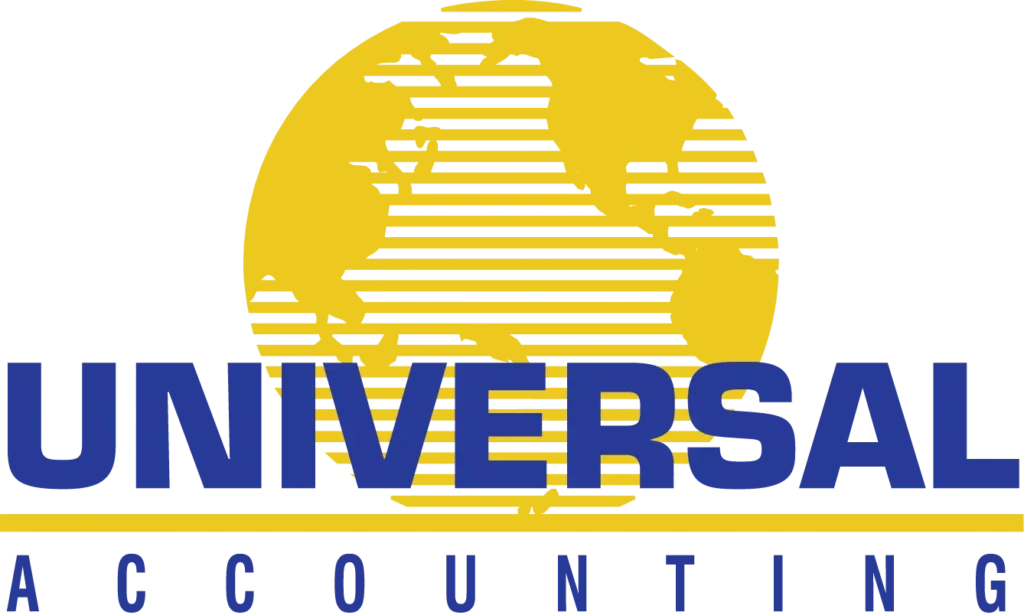This module of the Professional Tax Preparer program deals with the background information and forms that go into Form 1040, Page 2. We also discuss all the adjustments that can be made to adjusted gross income, including credits that are allowed and different types of deductions and exemptions that can be taken against that adjusted gross income number. (Becoming the 1040 Expert – Table of Content)
The government has provided various tax-saving tools for certain taxpayer groups. Often, simply out of ignorance, taxpayers don’t take advantage of these benefits and end up paying more taxes than they need to. As one of your chief duties to your tax clients is to minimize their tax burden using legal means, this module will give you insights that will make this easy. The purpose of this module is to identify and alert you to credits and adjustments that are available for your clients. Many will apply to a large percentage of the tax returns you prepare, while others are highly specialized and are less common.
Even more importantly, you will be sought after for your knowledge of these adjustments as they plan for future changes in their individual and family lives.
By far, the most used, and abused credit is the Earned Income Credit. This beneficial credit aids those with a low household income, and can actually result in getting back more money from the government than was paid in. This course will address the Earned Income Credit and allow you opportunities to practice preparing returns for people who qualify for this credit.
This course will address more credits such as the Child Tax Credit and Education Credits that can potentially save you and your clients thousands of dollars in taxes. We will also share the discussion of adjustments found on the front of the 1040 return [Show Lines 23-33 on 1040] including IRA’s, self-employment adjustments, moving expenses, and a variety of other advantageous adjustments for your clients.
As you learn how to find tax advantages for your clients that they did not know existed, you earn loyalty from them. The sales process consists of demonstrating to clients that the service that you provide is more valuable than the cost of that service. Finding tax advantages for your clients is some of the best “after-sale” that you will ever do to keep your clients from year to year as you show them that they will save far more in taxes than they pay you for your services.
Lesson Outline:
- Standard and Itemized Deduction
- Taxable Income
- Income Tax Calculation
- Additional Taxes
- Credits
- Submit 1040 Form
Nine sessions comprise this module. The first three sessions will introduce you to standard and itemized deductions which are reported on Schedule A., Of course, the standard deduction is the easiest way to go and perhaps the best for taxpayers with simple returns. However, itemized deductions make sense for many taxpayers, particularly as their tax returns become more complex.
Session Four will cover calculating the tax due to or the refund owed by the IRS.
Sessions Five through Eight focus on additional taxes and credits that will impact the final determination of tax or refund due. These chapters will include a discussion of additional taxes, credits, and payments.
Finally, Session Nine focuses on what you do with the tax return when you have completed all the sections and calculated taxes and refunds.
Session Outline
- Itemized Deductions – Part A
- Itemized Deductions – Part B
- Itemized Deductions – Part C
- Calculating the Tax
- Non-Refundable Credits – Part A
- Non-Refundable Credits – Part B
- Other Taxes
- Payments & Refundable Credits
- Closing the Return
Upon completion of Module 2, you will be able to prepare Page 2 of Form 1040, as well as some forms necessary to support the tax deductions, additions, payments, and credits.
In the next module, you will learn about “Profitable Business Returns“.





